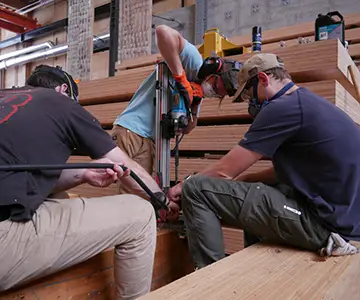
Innovative Lateral Systems
2019-2022
The primary goal of this project is to prototype innovative lateral force resisting systems for structures made with newer mass timber products.

The primary goal of this project is to prototype innovative lateral force resisting systems for structures made with newer mass timber products.
This project intends to contribute knowledge by testing both CLT and MPP walls through testing of anchorage detailing, investigating tensioning procedures for construction, determining the contributions of creep on prestress loss over time, and comparing all laboratory test data to monitoring data from three of the four buildings in which this technology has been implemented.
Research Team:
Dr. Mariapaola Riggio
Dr. André R. Barbosa
Dr. Lech Muszynski
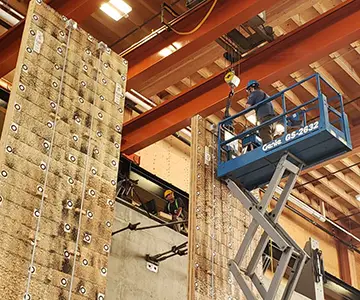
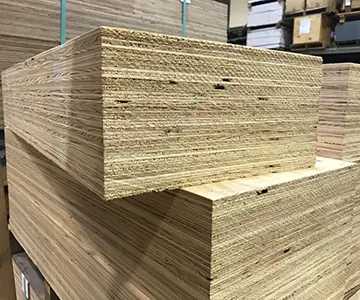
This project will focus on exploring the performance of MPP-concrete composite systems with HBV connectors.
Research Team: Andre Barbosa and Arijit Sinha
This project aims to achieve two primary tasks: (1) to fill in the gaps in terms of mechanical performance of MPP, and then to create a performance, design, and application guidelines for industry, and (2) to characterize the hygrothermal performance of MPP and correlate climatic conditions to bond performance, mechanical performance, and manufacturing standards.
Research Team: Fred Kamke and Arijit Sinha
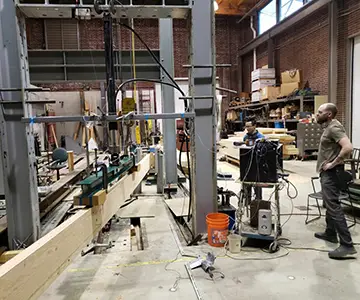
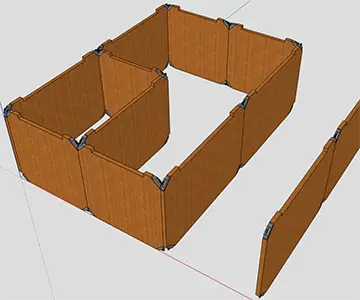
The objective of this project is to design, build, deploy, instrument, monitor and publicize a demonstration modular unit made from CLT using low-grade Ponderosa pine (PP).
Research Team: Mariapaola Riggio and Lech Muszynski
The primary goal of this project is to retrofit historic buildings with engineered CLT that will support that building against future earthquakes.
Research Team: Andre R. Barbosa
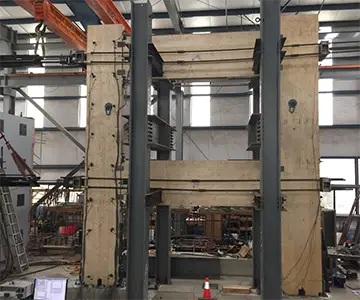
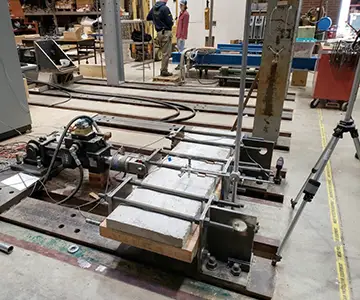
This project develops benchmark data needed to generate design guidelines for structural engineers to calculate strength & stiffness of CLT-diaphragms, with and without concrete toppings.
Research Lead: Andre Barbosa
This project will monitor moisture, relative humidity, vertical and slip movements due to shrinkage and deflection, post-tensioning losses, vibration, and seismic activity in Oregon State University’s new building, Peavy Hall.
Research Lead: Mariapaola Riggio
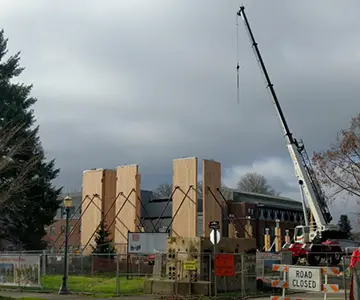
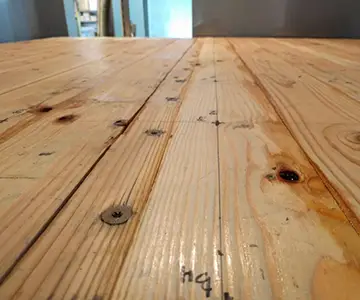
This project seeks to formalize design procedures for engineers that wish to use the economically driven timber pile ground improvement alternative for the mitigation of earthquake-induced liquefaction. (2017-2019)
Project Lead: Armin Stuedlein
This testing project focuses on structural testing to generate data that can be used to support the performance-based design of the framework project to be built in Portland, Oregon, namely in support of facilitating the design of rocking CLT walls.
Research Team: Andre Barbosa, Arijit Sinha, Christopher Higgins, Rajendra Soti
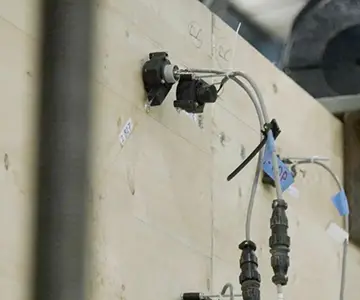
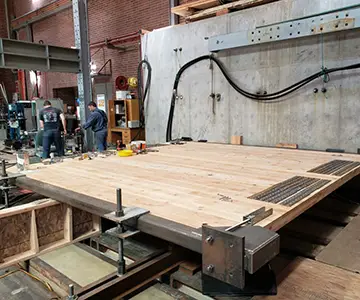
The tests performed in this project will provide data on a commonly used approach to connecting CLT panels within a floor or roof and the performance of the overall system and the screw fasteners. Structural engineers will directly benefit through improved design guidance. A broader benefit will be increased confidence in the construction of taller wood buildings in communities at greater risk for earthquakes.
Project Lead: Thomas Miller
This project will improve knowledge of three types of wall panel connections: wall-to-floor, wall-to-wall, and wall-to-foundation. A common method of joining panels is to use metal-plate-connectors with screw fasteners. Testing will determine the strength properties of metal connectors applied with different types and sizes of screw fasteners.
Research Team: Arijit Sinha
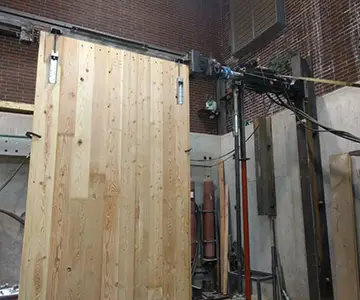
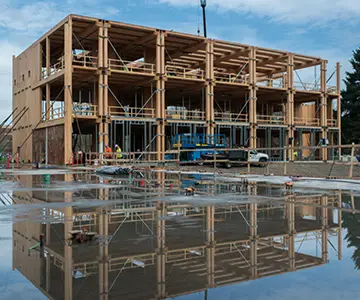
The primary goal of this project is to measure a wide range of performance indicators of CLT, both within a controlled laboratory setting and within occupied buildings outfitted with sensors.
Project Lead: Mariapaola Riggio
In August 2017 the TallWood Design Institute began phase two of testing an innovative engineered wood product- the mass plywood panel (MPP)-for Freres Lumber Company in Lyons, Oregon. The concept for the new product was developed during a 2015 technical tour to mass timber facilities in Austria, led by the OSU College of Forestry.
Project Lead: Arijit Sinha
